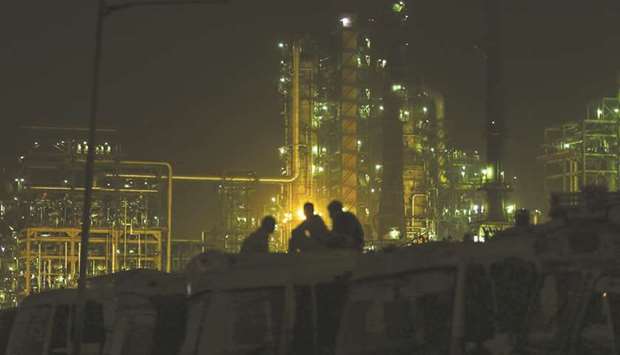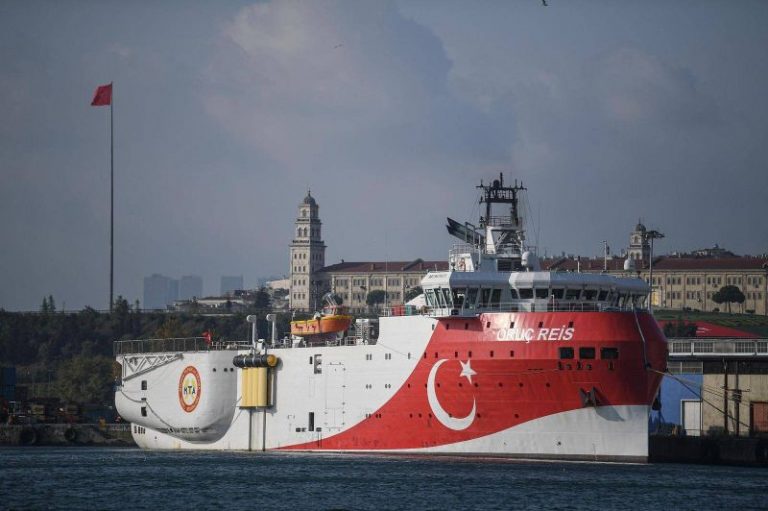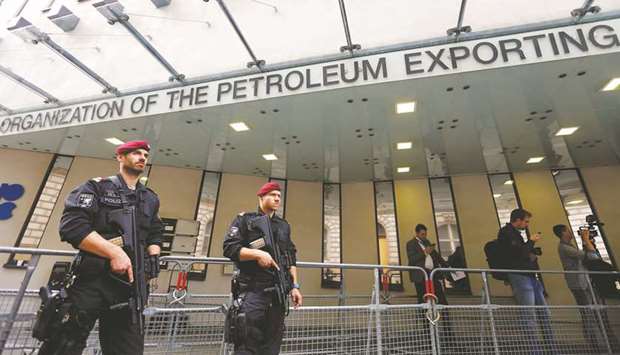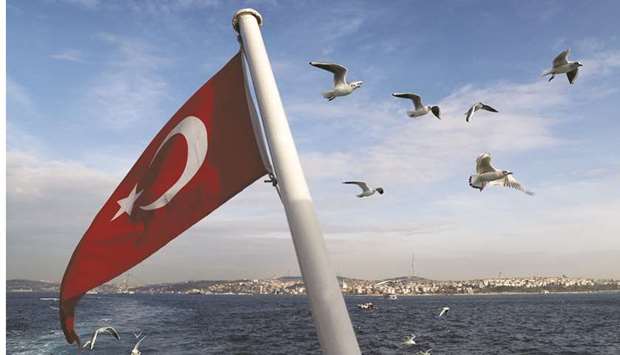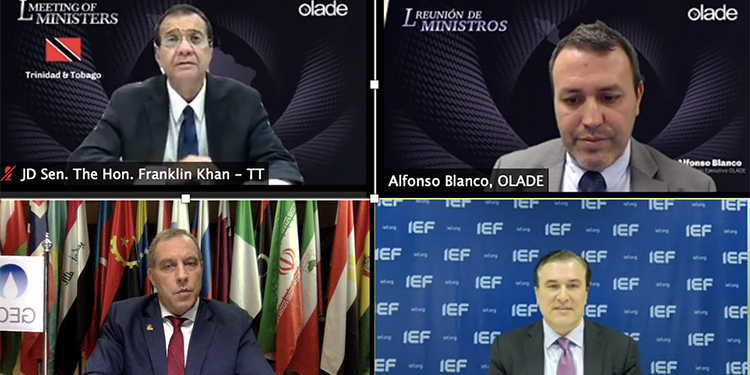https://www.gulf-times.com/story/679889/Companies-taking-strong-climate-action-up-46-this-
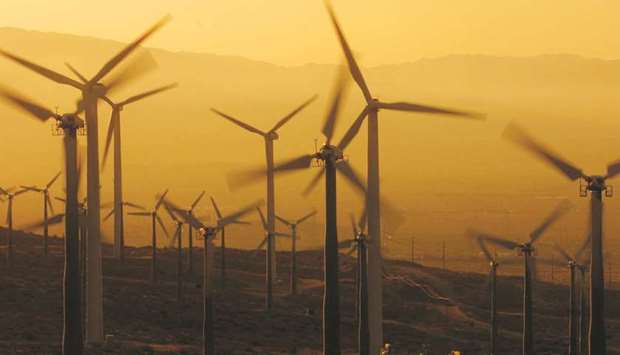
Bloomberg /London
The number of major companies who’ve disclosed their environmental impact and aggressively committed to reducing it has increased 46% from last year, according to a new analysis by a leading environmental-disclosure platform.
The top companies on the CDP’s annual “A List” for environmental action grew to 313 this year. The list, which was updated on Tuesday, consists of companies who received CDP’s top score for environmental disclosures and policies on climate change, forest conservation and water use.
The list’s expansion comes towards the end of a year where climate risk has taken prominence in financial markets. In April, an analysis by Morningstar showed sustainable funds were relatively well-placed to endure the coronavirus turmoil, withstanding the market’s March freefall much better than conventional funds. From 2025, UK companies will have to disclose how much they’re exposed to risks caused by climate change, following a November decision by the Chancellor of the Exchequer Rishi Sunak.
Climate action also pays off. An index which tracks CDP’s A List saw an average annual return that was 5.3% higher than competitors over the past seven years. The Stoxx Global Climate Change Leaders, which measures the performance of companies on CDP’s A List Index relative to the Stoxx Global 1800, has climbed about 13% since the start of 2020.
“Organisations that are able to take sustainability as a strategic imperative can adapt to this new future,” said Nina Seega, research director for sustainable finance at the Cambridge Institute for Sustainability Leadership. “We’re no longer discussing whether we’ll transition, but how we’ll transition — and which companies will be the best at it.”
Most companies only disclosed data to CDP that reflected their impact on the climate, concentrating on emissions reductions, but some went further. Of the 9,600 companies that reported this year, only ten scored A ratings across their disclosures related to climate change, forests and water-use. They included Danone, L’Oreal SA, and Philip Morris International — the controversial tobacco giant has reduced emissions from its operations and along its value chain by 42% since 2010.
The number of companies which disclosed data to CDP rose by 14% this year from last year. More A List companies are based in Europe than any other continent. Japan is home to more of the top companies than any other country — with 66 of the 313 companies based there. Among them, car manufacturer Honda reached 100% renewable energy at its European and South American plants last year and KAO Corporation, the chemicals and cosmetics company, introduced an internal carbon pricing mechanism to encourage energy savings.
“We have the wind in our sails,” said Dexter Galvin, global director of corporations and supply chain at CDP. “Now, we need these pioneers to inspire the sluggish majority of corporates if the private sector is to take a leadership role when climate targets ratchet up at COP26 next year,” he said, referring to the global climate talks set to held in Glasgow in 2021.
